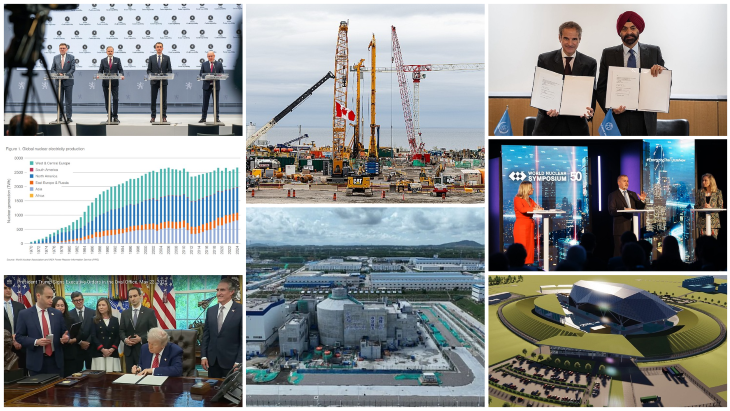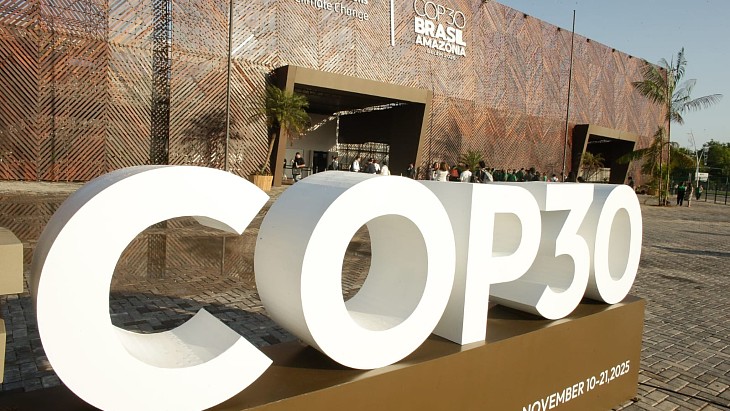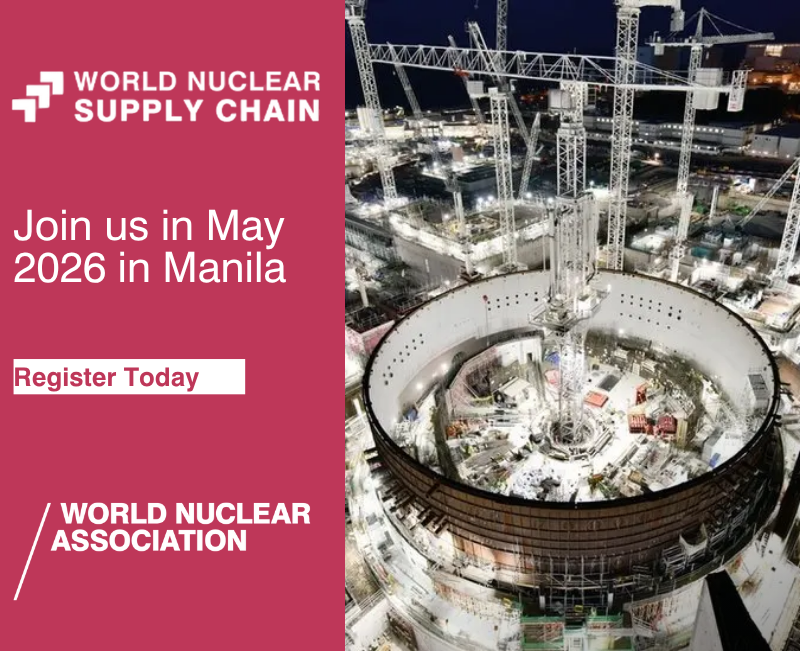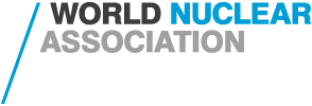Asian countries continue to dominate the market for new nuclear build, according to a newly-released report from the World Nuclear Association. Of the 10 new nuclear power reactors that started up worldwide in 2016, eight were located in Asia.
The Association today launched a special edition of its 2017 World Nuclear Performance Report focusing on developments in Asia. It was released during Singapore International Energy Week, being held 23-27 October.
A total of 448 TWh of nuclear-generated electricity was produced in Asia in 2016. This was an 11.5% increase on 2015 and 35% more than in 2012. The amount of electricity generated by nuclear power in Asia is twice that of 30 years ago. In the last 10 years, nuclear generation has more than doubled in India and Pakistan and more than tripled in China. Nuclear generation in Asia now represents 18% of the global total of 2476 TWh.
.jpg) |
| Nuclear generation in Asia (Image: World Nuclear Association) |
Mainland China is the region's biggest nuclear generator. Its 37 reactors, with a combined capacity of 33,657 MWe, produced 210.5 TWh of electricity in 2016. This was followed by South Korea, whose 24 reactors (combined capacity of 22,505 MWe) generated 154.2 TWh. India's 22 reactors (6219 MWe) produced 35.0 TWh. Although Japan has 42 operable reactors, with a combined capacity of 39,952 MWe, the country produced just 17.5 TWh of nuclear-generated electricity due to the slow rate of restarts following the March 2011 accident at the Fukushima Daiichi plant. Twelve other reactors - in Taiwan, Iran and Pakistan - produced the remaining 41.5 TWh.
Two-thirds of the 61 reactors under construction around the world are being built in Asia, with almost half of these being built in mainland China. The 20 units under construction there have a combined capacity of 22,006 MWe. A further 19 reactors with capacity of 21,928 MWe are under construction in Taiwan, India, Japan, Pakistan, South Korea and the United Arab Emirates.
"Asia will be the next region to see nuclear generation start up in a new country, with the first unit at Barakah, UAE, due online in 2018," the report says.
A number of countries that do not currently have nuclear generating capacity have plans or proposals to construct nuclear power plants. A total of 57 reactors with a combined generating capacity of 60,430 MWe are planned or proposed in Bangladesh, Indonesia, Jordan, Kazakhstan, Malaysia, Saudi Arabia, Thailand, Turkey and Vietnam.
Jonathan Cobb, the World Nuclear Association's senior communication manager, said: "This report shows that Asia is leading the way in bringing new nuclear plant online. We need to build on this positive trend to accelerate the deployment of new nuclear capacity in Asia and worldwide."
Through the Association's Harmony initiative, the nuclear industry has set a goal to supply 25% of the world's electricity by 2050, which will mean the construction of 1000 GWe of new nuclear capacity. The path to achieving this needs an average of 10 GWe per year of new build now, then a doubling to 25 GWe on average from 2021-2025 and a peak construction rate of 33 GWe per year on average from 2026. This represents a return to the build rates the industry achieved in the 1980s.
According to the World Nuclear Association report, the nuclear industry brought more than 9 GWe of new plant on line worldwide last year, the largest annual increase in 25 years. This, it says, puts the industry on track to achieve the Harmony goal.
Researched and written
by World Nuclear News




_47120.jpg)
_23621.jpg)
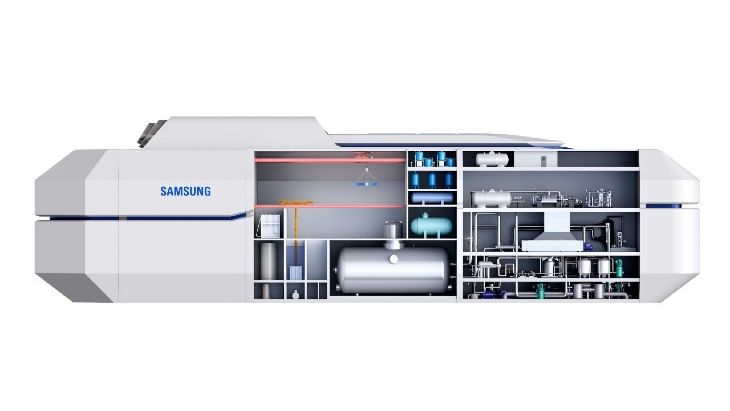
_63865.jpg)
